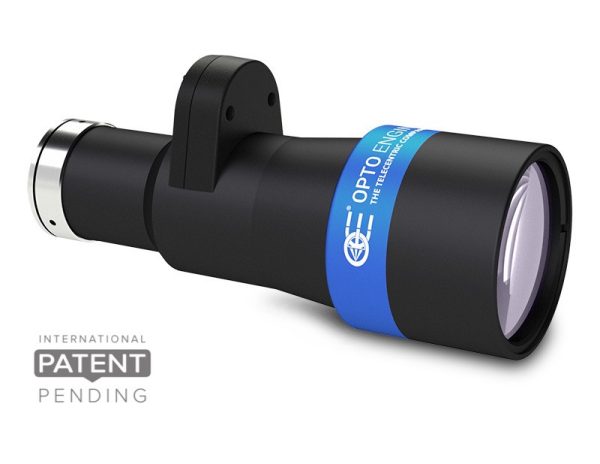 Opto Engineering Engineering TCEL telecentric lenses combine a perfect blend of telecentric optics and liquid lens technology. This technology enables a greatly increased depth of field (DOF) while maintaining the proportion of DOF and magnification — a feature that’s especially valuable for small fields of view.
Opto Engineering Engineering TCEL telecentric lenses combine a perfect blend of telecentric optics and liquid lens technology. This technology enables a greatly increased depth of field (DOF) while maintaining the proportion of DOF and magnification — a feature that’s especially valuable for small fields of view.
TCEL lenses are ideal for inspection and measurement applications in industries such as electronics, semiconductors, and automotive. Their optical design provides excellent telecentricity with minimal distortion across their entire operating range.
The built-in, electronically controlled Optotune liquid lenses allow for quick and precise adjustments to optical power and focus, with response times in milliseconds. A compact USB-powered current source driver with free software can be used as a standalone solution or integrated into OEM designs. Communication uses an open serial protocol, compatible with any programming language on Windows or Linux (with C#, Labview, and Python source code available).
Opto Engineering telecentric lenses include a wide variety of lenses for area and line scan cameras. Contact us if you would like help choosing the right lens for your industrial machine vision applications.